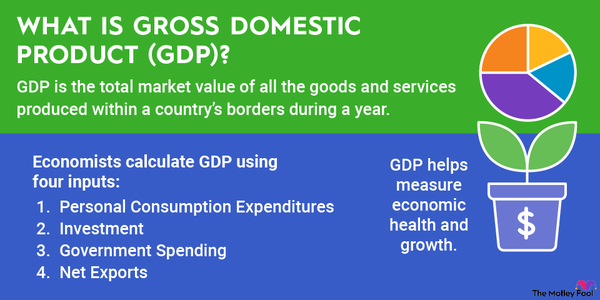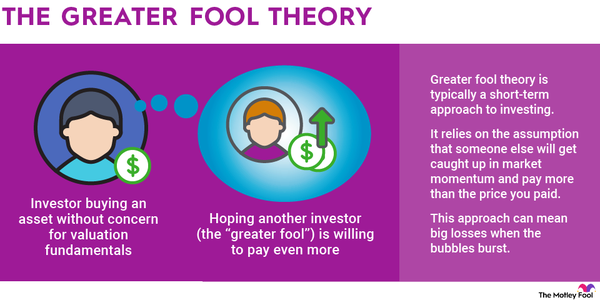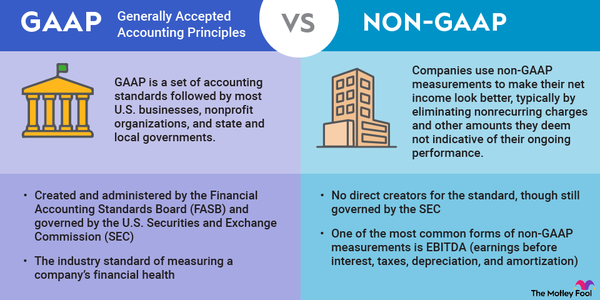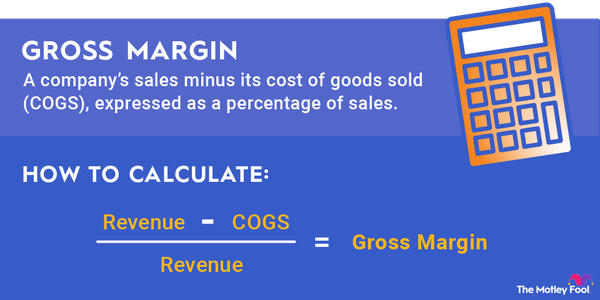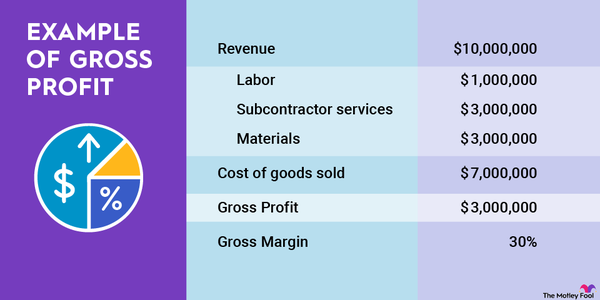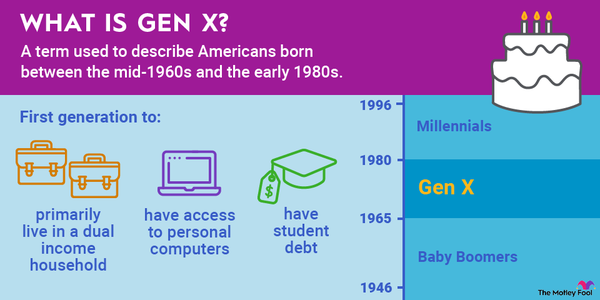Sometimes, as investors, we wish we could see the future -- it would sure make picking stocks a lot easier. Although we clearly can't do that, we can rely on something called "guidance" provided by many publicly traded companies. Read on to better understand what guidance is and how it will affect you.

Overview
What is guidance in finance?
If you've been trading stocks for a while, it's almost guaranteed that you've come across company guidance, even if you didn't know what it was called. These are the reports that tell us that XYZ, Inc. is expecting to have $4 million in revenue in the third quarter or that ABC Enterprises will expect to see a drop in earnings due to near-term expansion plans.
Guidance generally appears immediately after earnings reports. It's voluntary, however, so not every company will offer guidance -- although if they offer guidance to anyone, they have to offer it to everyone at once, thanks to Regulation FD. Prior to Regulation FD, companies would sometimes only offer guidance to select investors or partners, which set those parties up with an unfair advantage.
What it includes
What is included in company guidance?
Company guidance provides information on metrics related to a company's financials, so it can vary pretty widely between companies and industries. For example, if your company is a real estate investment trust (REIT), it might include information on items like rentable square footage, which would not apply to a company that makes breakfast cereal.
In general, you can expect to see guidance on issues like:
- Short-term revenue estimates
- Earnings per share
- Earnings before interest and taxes (EBIT)
- Earnings before interest, taxes, depreciation, and amortization (EBITDA)
- Net profit
- Sales projections
- Market conditions
- Anticipated spending
- Inventory
- Cash flow
Usually, you'll see these provided as a range, allowing the company a little bit of room for error. So, instead of saying that it expected exactly $6 million in earnings in 2024, a company might say it will have $5 million to $7 million in earnings for the year. Depending on the metric and where you are in the period, this can be assumed to be more or less accurate (although they do try to be as accurate as possible).
Typically, companies err on the conservative side with guidance, since people are always happy to see their company has made more money, rather than less.
Guidance vs. analysts' estimates
Guidance vs. analysts' estimates
There's another type of financial estimate for companies that is related to guidance: analysts' estimates. Unlike guidance, analysts' estimates come from outside of the company, with the major analysts who cover a particular company providing their best shot at calculating how a company will perform before the live numbers appear.
These analysts' estimates may be combined and provided as a single number, but they are actually the result of several experts weighing in on where they expect earnings and expenses to be in the future. They, of course, don't have all the same information as someone internal to a company, so the most important of these two types of analyses is the internal guidance that's issued. It can be argued, though, that analysts' estimates provide an unbiased balance to company guidance.
Related investing topics
Why it matters
Why guidance matters to investors
Although guidance isn't required and it's certainly not demanded, it can be extremely helpful in determining the direction of your investment. When guidance follows earnings reporting, you can get a strong sense of where your company thinks it's headed without it ever saying as much.
For example, if your company saw a drop in profits last quarter, but its guidance was optimistic, you could assume the general mood at the company is positive. Of course, you'll want to verify this with all the information you have available to you and not simply rely on guidance reporting (but again, a company would much rather underestimate guidance than overestimate it).
In that case, you'd likely hold your stock shares or maybe even buy more before the next round of earnings and guidance comes out. The opposite could be true if the earnings were lackluster and the guidance poor; it could be time to consider selling. Or, if you take a contrary stance and have a long enough investing horizon, this might also be an opportunity to swoop in and buy more shares while other investors are selling them off.
These are just a few examples of how guidance might influence your investment choices.
